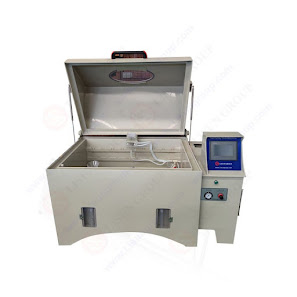Environmental temperature humidity test for electronic accessories
.jpg)
The method of quality control for electrical accessories must always include testing for temperature and humidity, which must be carried out in an environment that is under controlled conditions. In order to assess how effectively electronic devices function and how dependable they are in a wide range of settings, the goal of the evaluation is to carry out a series of tests. These tests are designed to determine whether or not the devices are capable of functioning correctly in a variety of temperature and humidity situations, both of which have the potential to impair their performance as well as their longevity. The tests are designed to determine whether or not the devices are capable of functioning correctly in a variety of temperature and humidity situations. These examinations also serve the purpose of identifying any potential issues that may emerge as a consequence of extended exposure to high temperatures or high levels of humidity. Corrosion, condensation, and the deteri...
.jpg)
.jpg)
